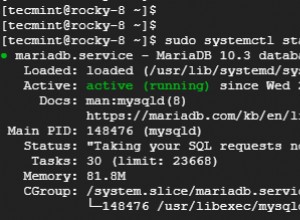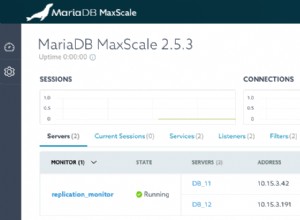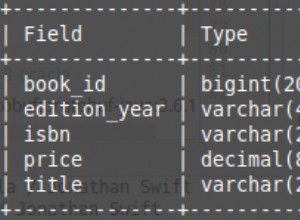L'indice può essere utilizzato, anche se l'ottimizzatore potrebbe aver scelto di non utilizzarlo per il tuo esempio particolare:
SQL> create table my_objects
2 as select object_id, object_name
3 from all_objects;
Table created.
SQL> select count(*) from my_objects;
2 /
COUNT(*)
----------
83783
SQL> alter table my_objects modify object_name null;
Table altered.
SQL> update my_objects
2 set object_name=null
3 where object_name like 'T%';
1305 rows updated.
SQL> create index my_objects_name on my_objects (lower(object_name));
Index created.
SQL> set autotrace traceonly
SQL> select * from my_objects
2 where lower(object_name) like 'emp%';
29 rows selected.
Execution Plan
----------------------------------------------------------
------------------------------------------------------------------------------------
| Id | Operation | Name | Rows | Bytes | Cost (%CPU)|
------------------------------------------------------------------------------------
| 0 | SELECT STATEMENT | | 17 | 510 | 355 (1)|
| 1 | TABLE ACCESS BY INDEX ROWID| MY_OBJECTS | 17 | 510 | 355 (1)|
|* 2 | INDEX RANGE SCAN | MY_OBJECTS_NAME | 671 | | 6 (0)|
------------------------------------------------------------------------------------
La documentazione che hai letto stava presumibilmente sottolineando che, proprio come qualsiasi altro indice, le chiavi completamente nulle non sono memorizzate nell'indice.




